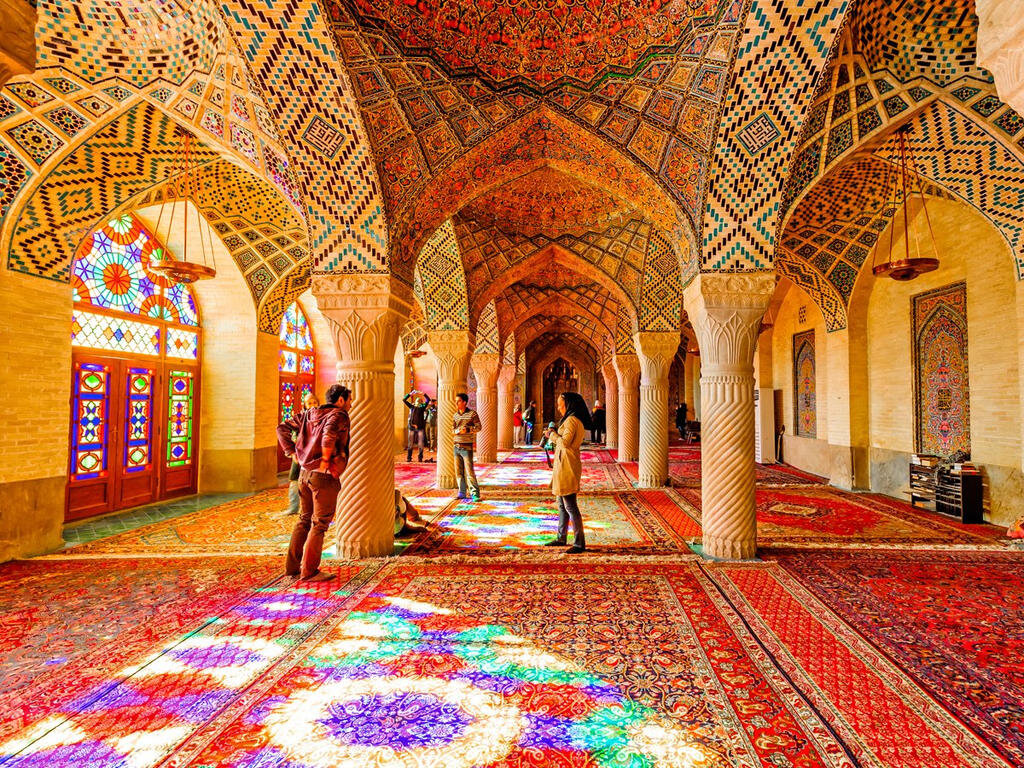
TEHRAN – Iran’s Minister of Cultural Heritage, Tourism and Handicrafts Ezzatollah Zarghami has presented Mohammad-Hadi Imanieh, the governor-general of Fars province, a certificate for the registration of ancient Shiraz as national cultural heritage.
Parts of a ministerial letter to the provincial chief reads: “The aforementioned cultural heritage is under the protection and supervision of this ministry, and any interference with actions and operations that lead to destruction or identity change is considered a crime…,” Mehr reported on Sunday.
“… and the perpetrator will be subject to legal punishments, and restoration is only possible with the approval and supervision of this ministry.”
Shiraz, the capital of Fars province, was once Persia’s capital as well under the rule of Karim Khan Zand in the 18th century.
Covering an area of 360 ha, the historical texture of Shiraz, which has gained national recognition, embraces some 2910 historical sites, buildings, and monuments, of which 410 have previously been registered in the national list for cultural heritage.
The long-awaited registration was finally made last month after decades of pursuit by cultural heritage activists and enthusiasts, seeking to help safeguard the remains of the city’s historical texture parts of which vanished in the face of urban development over the past couple of decades.

Celebrated as the heartland of Persian culture for over 2000 years, Shiraz has become synonymous with education, nightingales, poetry, and culture. It was one of the most important cities in the medieval Islamic world when many of its most beautiful buildings were built or restored.
Siamak Basiri, who is a cultural heritage expert, believes Shiraz’s historical texture holds the potential to be registered on the UNESCO World Heritage list. “The historical texture of Shiraz is one of the richest in Iran and even in West Asia due to its relative coherence and unique architectural features,” Basiri said.
The property embraces a wide range of historical monuments dating back to the Zand, Safavid, Qajar, and Pahlavi eras, he added.
“Antiquity and lack of adequate budgets have caused the historical texture to undergo a process of destruction and degradation during the past two decades, however today, with the participation of the private sector, many cases of restoration and protection have taken place.”
Eram Garden, Afif-Abad Garden, Tomb of Hafez, Tomb of Sa’di, Jameh Mosque of Atigh, and Persepolis are among the historical, cultural, and ancient sites of Shiraz that are of interest to domestic and foreign tourists.
Moreover, the ancient city is home to some magnificent historical gardens such as Bagh-e Narenjestan and Eram Garden, which are top tourist destinations both for domestic and international sightseers.
AFM
Source: Tehran Times